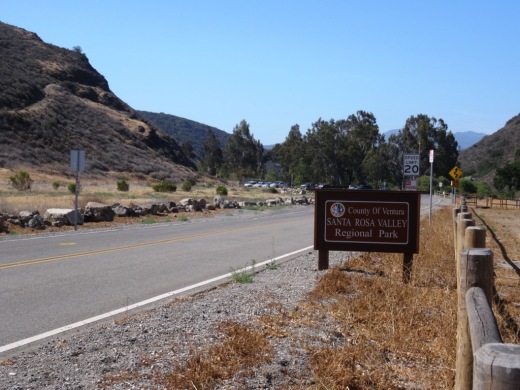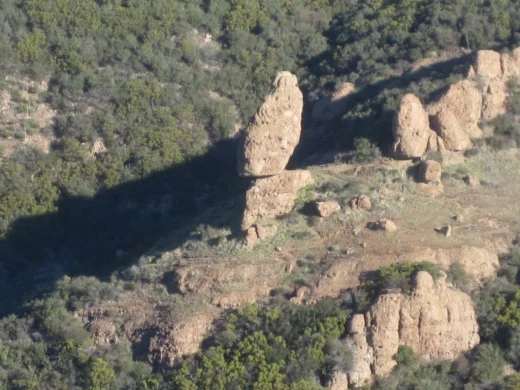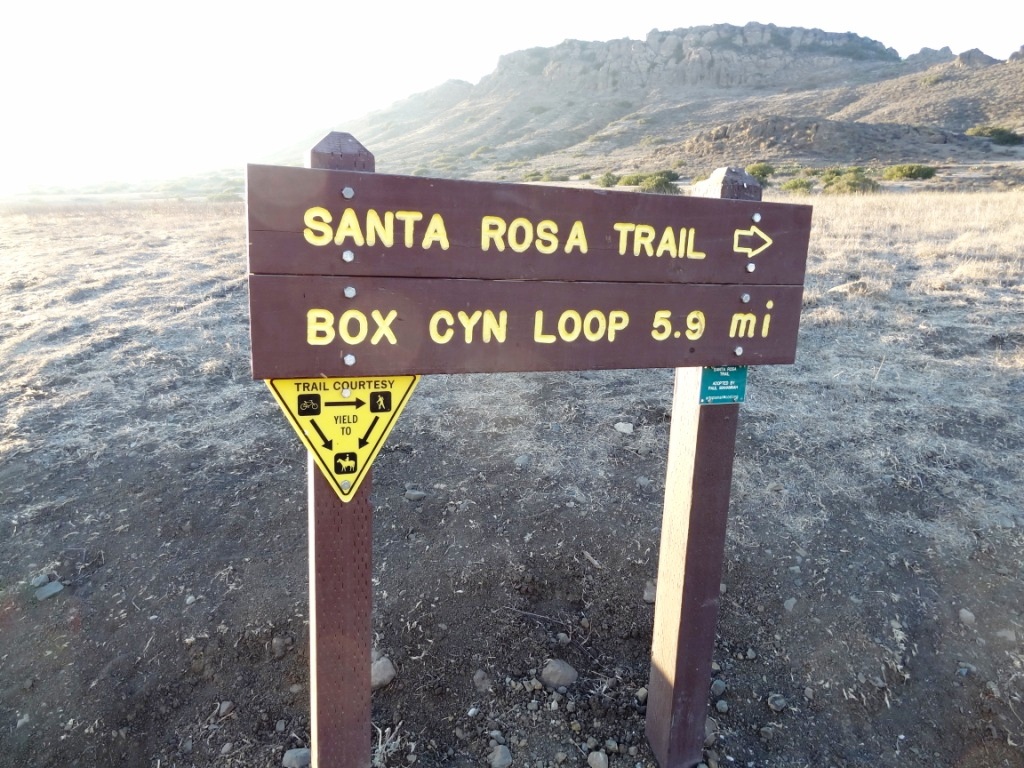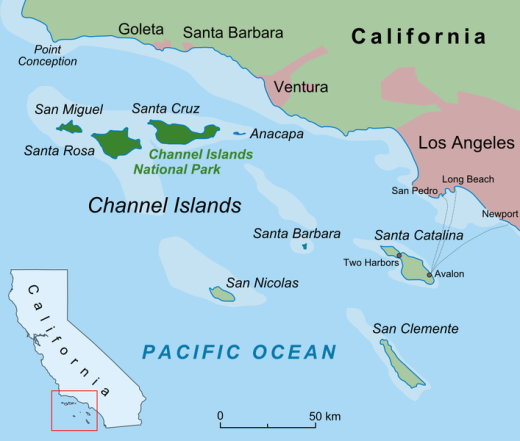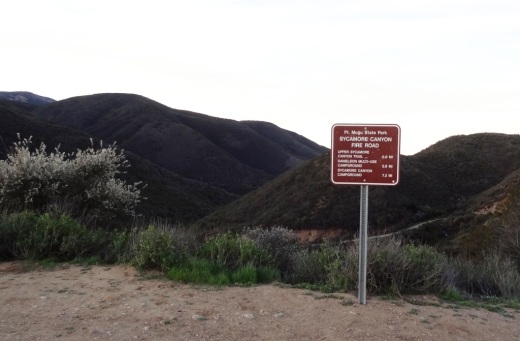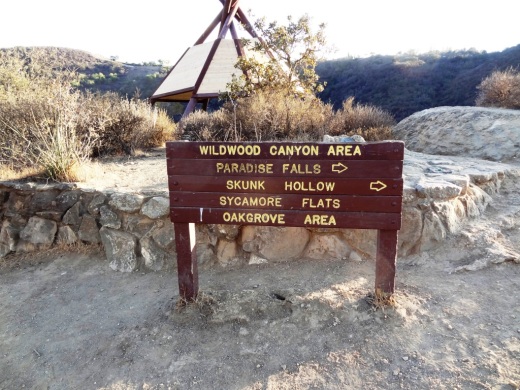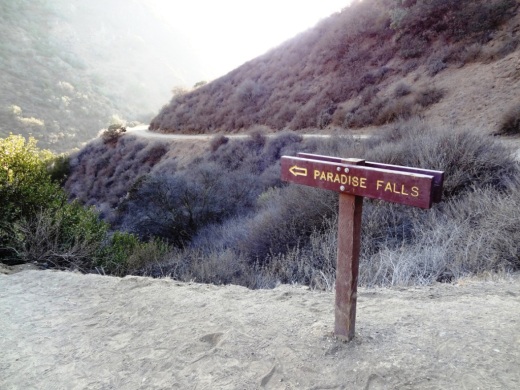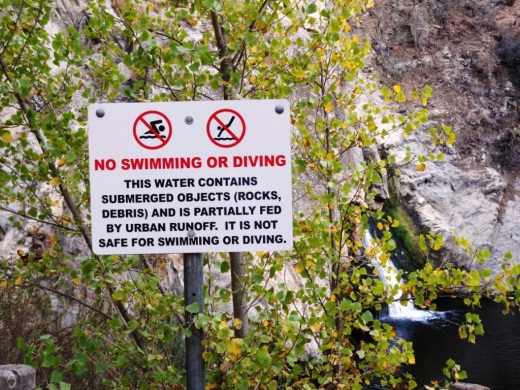Santa Rosa Valley Regional Park in Camarillo
/Located at 10241 Hill Canyon Road in Camarillo, Santa Rosa Valley Regional Park is a 50 acre county park with hiking, trails and equestrian riding areas. Open 7:30 am - 5:00 pm - (January, February, November, December), until 6:00 pm (March, October), 7:30 pm (April, May, September) and 8:00 pm - (June, July, August). There is no playground area here...this park is mostly geared towards hiking, exploring and horseback riding. Parking is $2 on weekdays and $4 weekends.
This park is located at the entry point to the Conejo Canyons bridge, where you can access trails in the Western Plateau area of Thousand Oaks, maintained by the Conejo Open Space Foundation.
From Thousand Oaks, take Moorpark Road down the Norwegian Grade through Santa Rosa Valley until you see the sign shown below.
More information at www.ventura.org/parks-department/inland-parks/santa-rosa-valley-park-camarillo.

